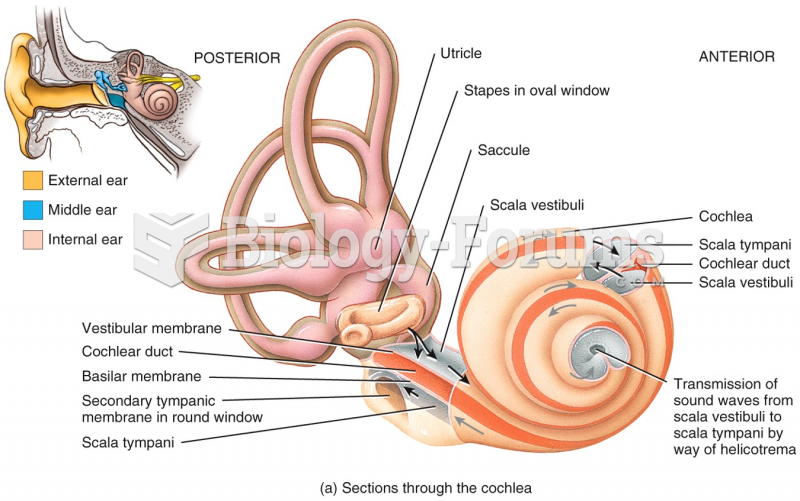This topic contains a solution. Click here to go to the answer
|
|
|
Did you know?
If you could remove all of your skin, it would weigh up to 5 pounds.
Did you know?
Pope Sylvester II tried to introduce Arabic numbers into Europe between the years 999 and 1003, but their use did not catch on for a few more centuries, and Roman numerals continued to be the primary number system.
Did you know?
There are more bacteria in your mouth than there are people in the world.
Did you know?
There are actually 60 minerals, 16 vitamins, 12 essential amino acids, and three essential fatty acids that your body needs every day.
Did you know?
Certain chemicals, after ingestion, can be converted by the body into cyanide. Most of these chemicals have been removed from the market, but some old nail polish remover, solvents, and plastics manufacturing solutions can contain these substances.
 When the White House tapes were turned over to the special prosecutor, several crucial sections had ...
When the White House tapes were turned over to the special prosecutor, several crucial sections had ...
 This battery-powered tester uses light-emitting diodes (LEDs), meter lead terminals, and two small ...
This battery-powered tester uses light-emitting diodes (LEDs), meter lead terminals, and two small ...
 Record the AC frequency as shown on the meter and subtract 50 from the reading (e.g., 60.50 -50.00 = ...
Record the AC frequency as shown on the meter and subtract 50 from the reading (e.g., 60.50 -50.00 = ...




